René Lalique was the most celebrated jeweler of the Art Nouveau era and became the most acclaimed designer of Art Deco glass. Throughout his career, beautiful women were his muses as well as his customers.
In the 1890s, Lalique’s spectacular jewelry enjoyed celebrity patronage, notably the divine Sarah Bernhardt, the greatest actress of the era. His dramatic creations were a sensation at the Paris Exhibition of 1900 and were avidly collected by wealthy socialites. However, Lalique turned his attention to decorative glass soon after and revolutionized the perfume industry with his artistic mass-produced bottles for Francois Coty, the foremost French perfumer.
Eventually Lalique devoted himself to industrial glassmaking and perfected cost-effective methods of molding relief-figured designs as he wanted his designs to be within the reach of all classes of society. He also developed techniques to contrast clear and frosted class often in bold colors. To cope with demand, Lalique opened a large factory in Wingen-sur-Moder in Alsace where Lalique crystal continues to be made today.
The groundbreaking 1925 international exposition in Paris marked the climax of René Lalique’s career as a glassmaker in the new Art Deco style. Scantily clad renditions of the female form in classical style characterized the roaring twenties and Lalique created many sensual statuettes of women in his beautiful opalescent glass. Perhaps his most celebrated sculpture is the nude dancer Suzanne, holding a translucent veil in her outstretched arms. It has been suggested that the figure was named after Lalique’s beautiful daughter, Suzanne Lalique-Haviland.
Veil dancing is also celebrated in the striking Terpischore vase, named after the Greek goddess of dance and chorus. Classical Greek dance was revived in the early 1900s by pioneers such as Isadora Duncan, Margaret Morris and Martha Graham. Women were encouraged to take up dance in the quest for physical culture and well-being. They wore skimpy silk dresses and struck poses based on the six Greek dance positions. One of Lalique’s largest vases Angelique features a frieze of female nude bathers, their voluptuous curves beautifully balanced by slender Angelica leaves engraved on the body of the design. In the language of flowers, Angelica symbolizes inspiration and is believed to have magical powers.
Lalique drew much of his inspiration from classical mythology. His striking Danaides vase is derived from the myth of 49 sisters who obey their father, the King of Argos, and kill their husbands on their wedding night. Only one refused to carry out the crime and avoided eternal punishment. The 49 murdering brides endured a torture that never stopped. They were forced to carry jugs of water and fill a basin which could never be filled as it was full of holes.
Making crystal mascots for automobile hoods was one of Lalique’s specialties between 1925 and 1931. They became status symbols on the exclusive cars of the day and his subjects included sleek stylized animals and birds as well as voluptuous femmes fatales. One mascot is appropriately named Vitesse, the French for speed, while another, rather inappropriately is named after the priestess Chrysis who is renowned for having inadvertently caused a fire that led to the destruction of the temple she served.
Read More...
Read more about Studio Glass...
Studio glass - Allure of Lalique
Studio Glass - Art Deco Glass
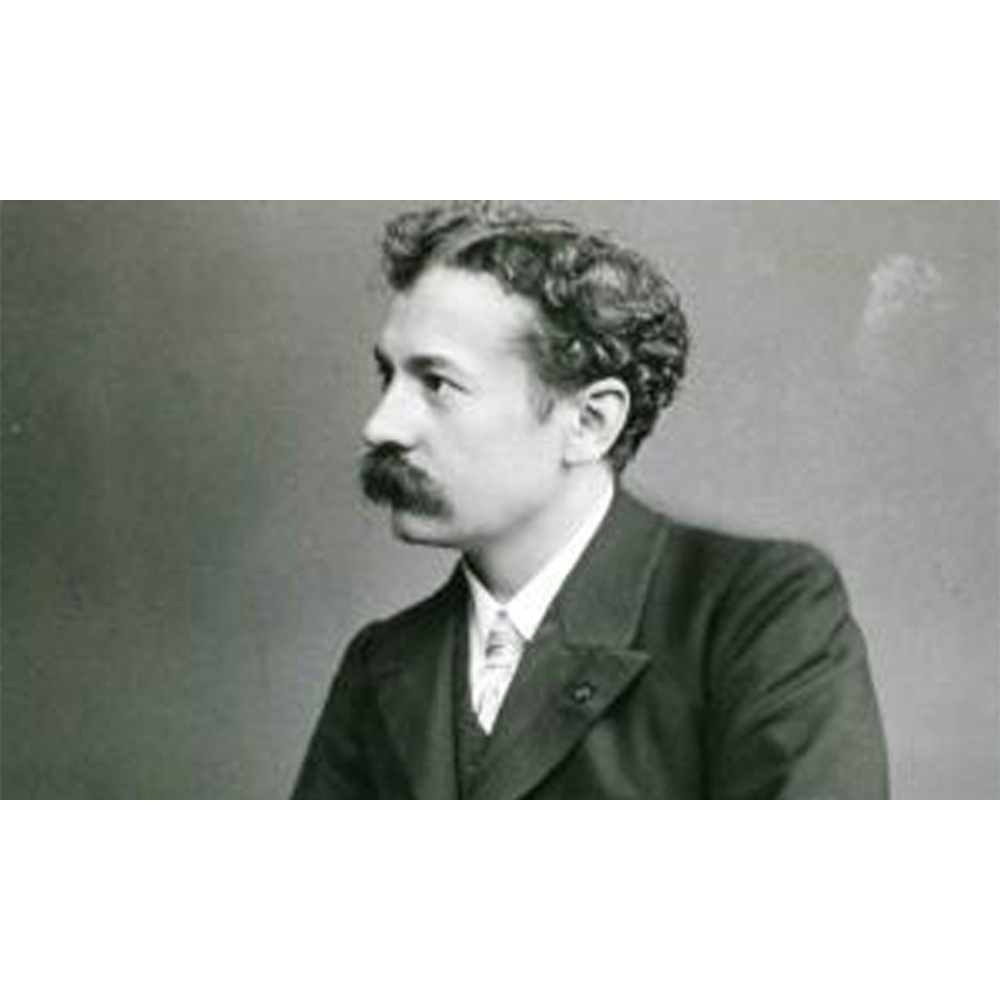
René Lalique
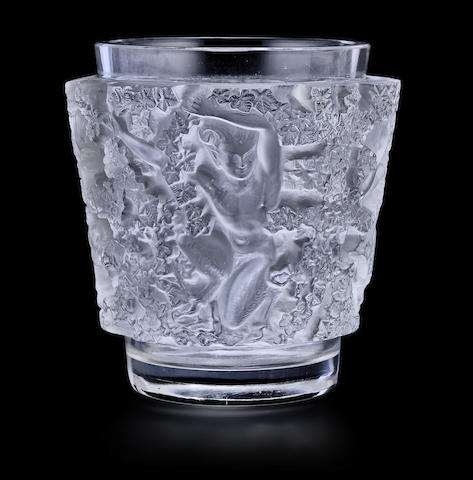
Lalique Bacchus vase
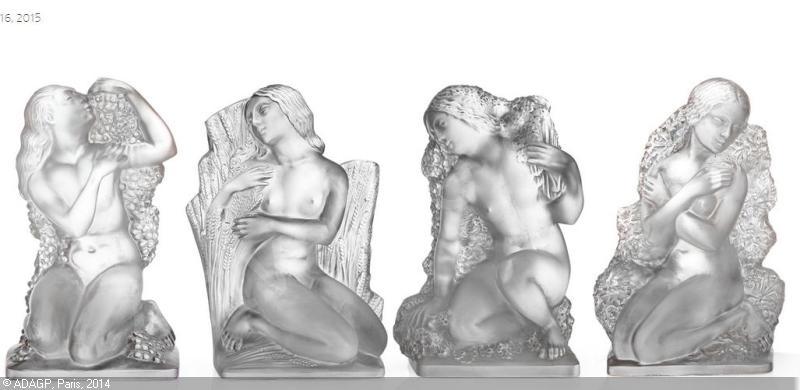
Lalique Quatres Saisons
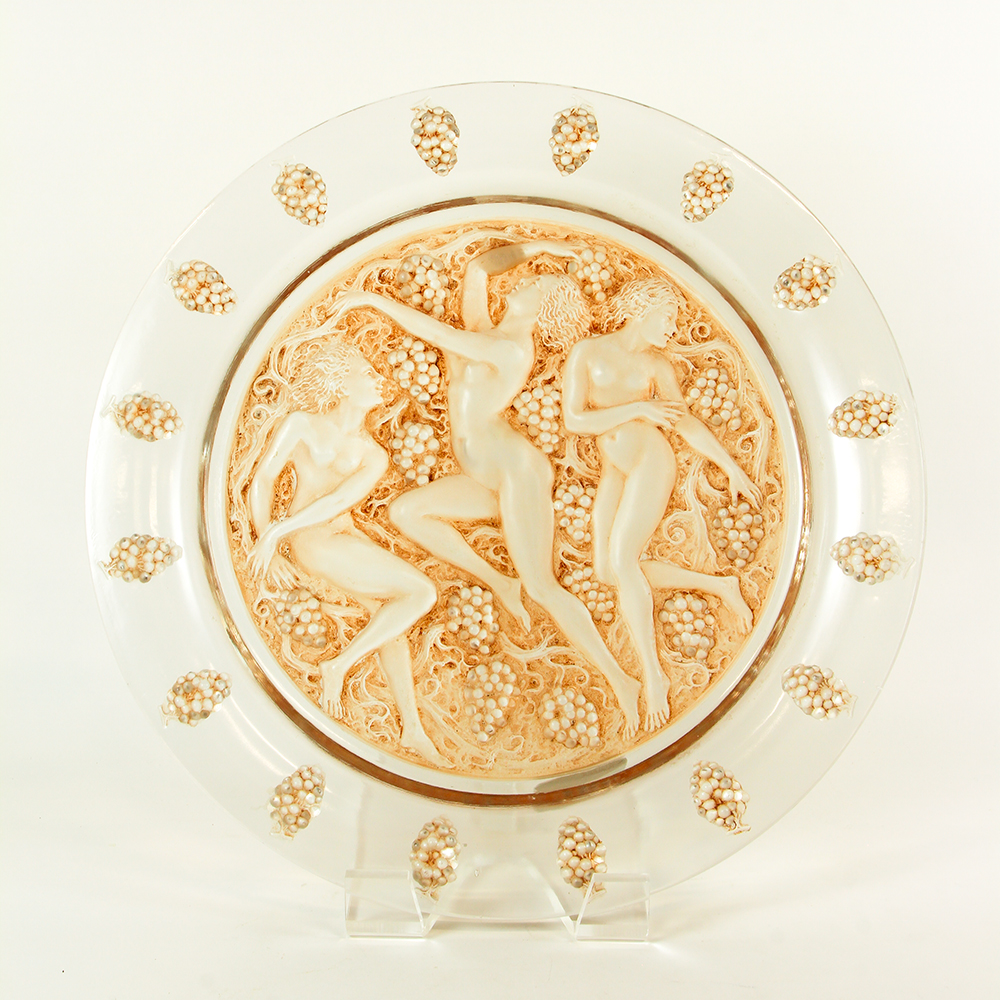
Lalique Cote d’Or dish
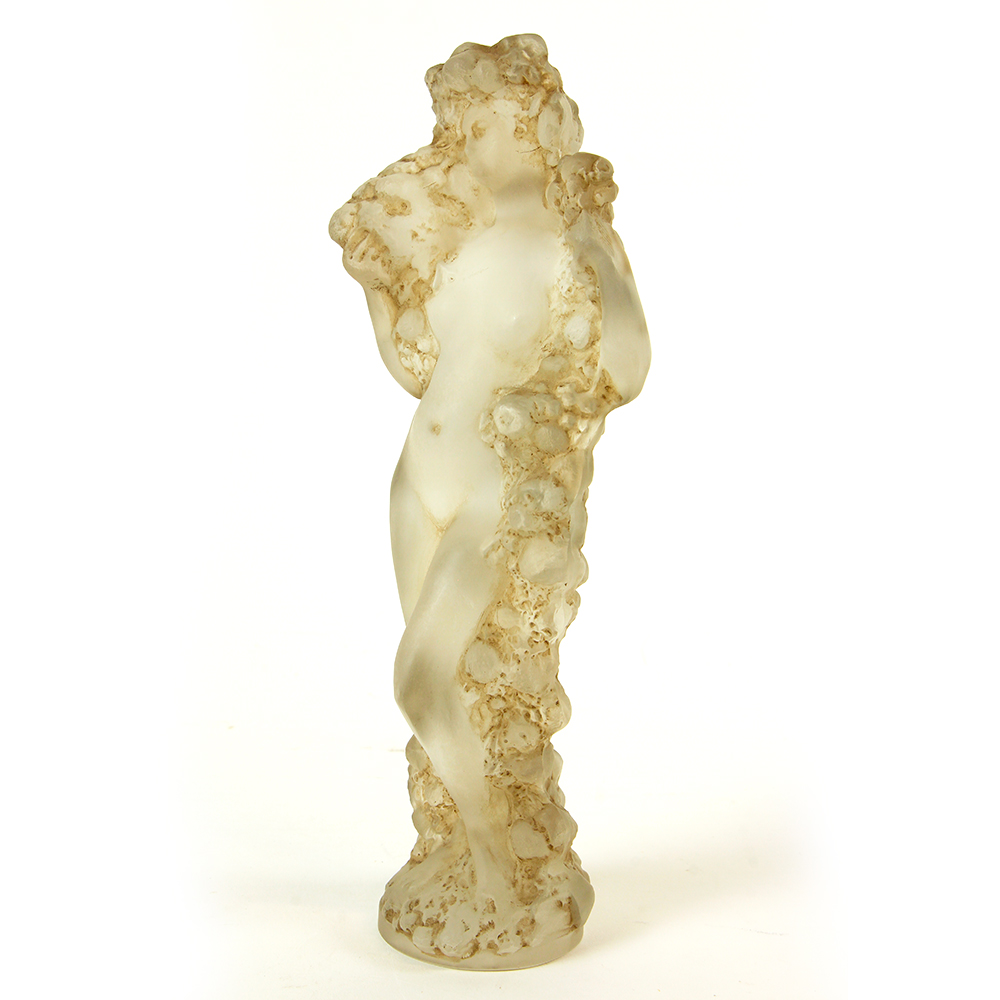
Lalique Figurine avec Garlandes de Fruits
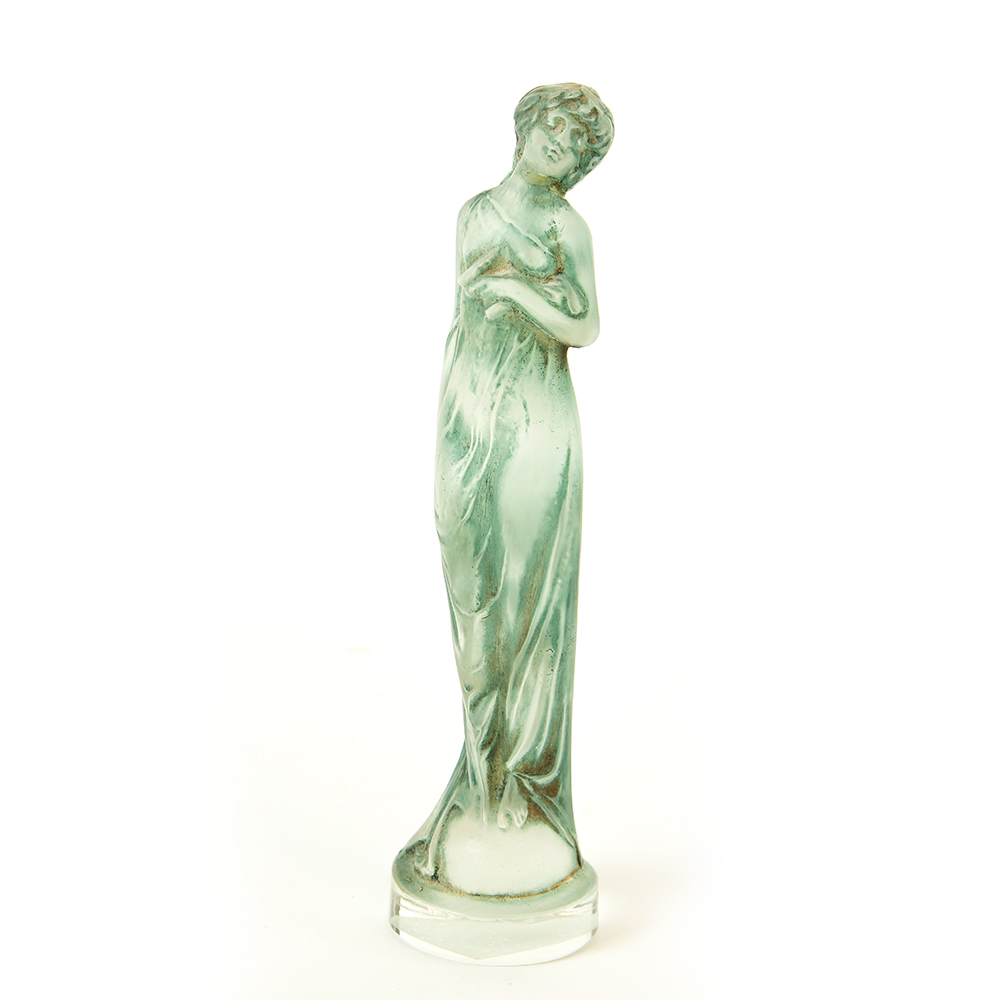
Lalique Moyenne Nue
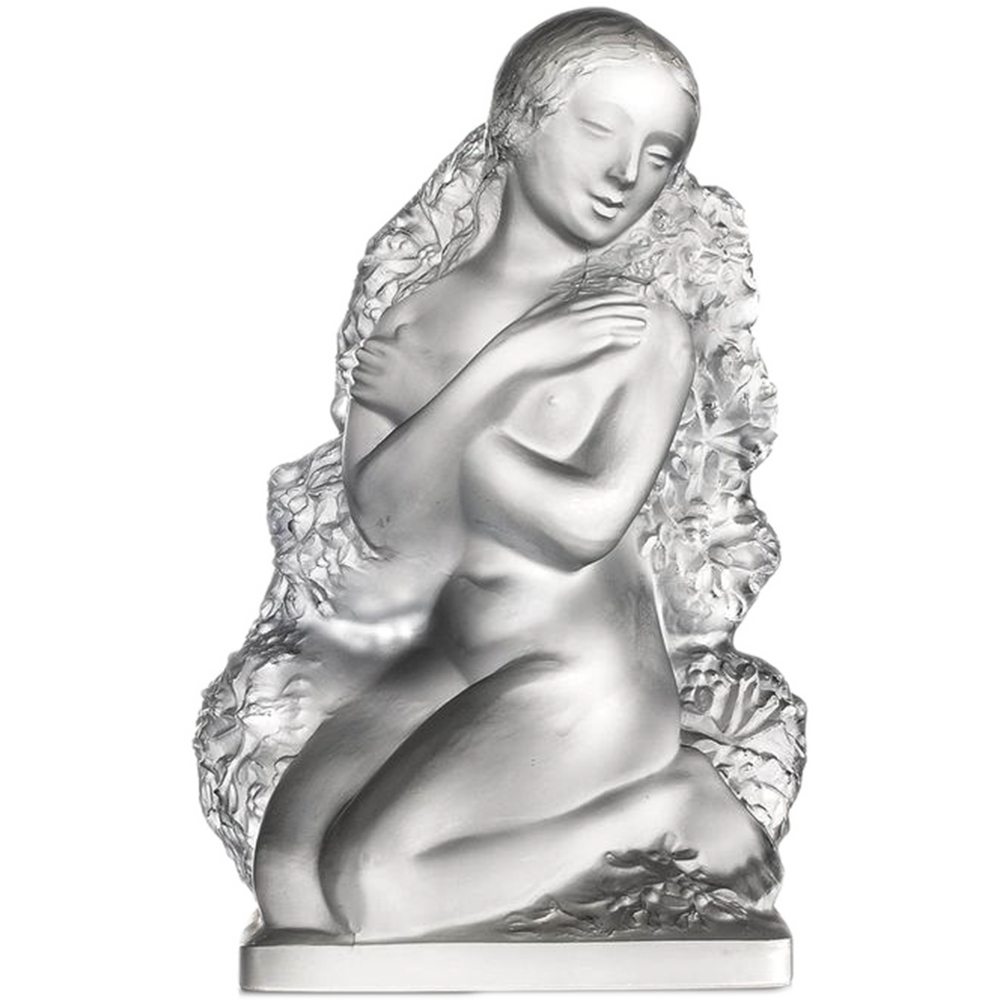
Lalique Hiver
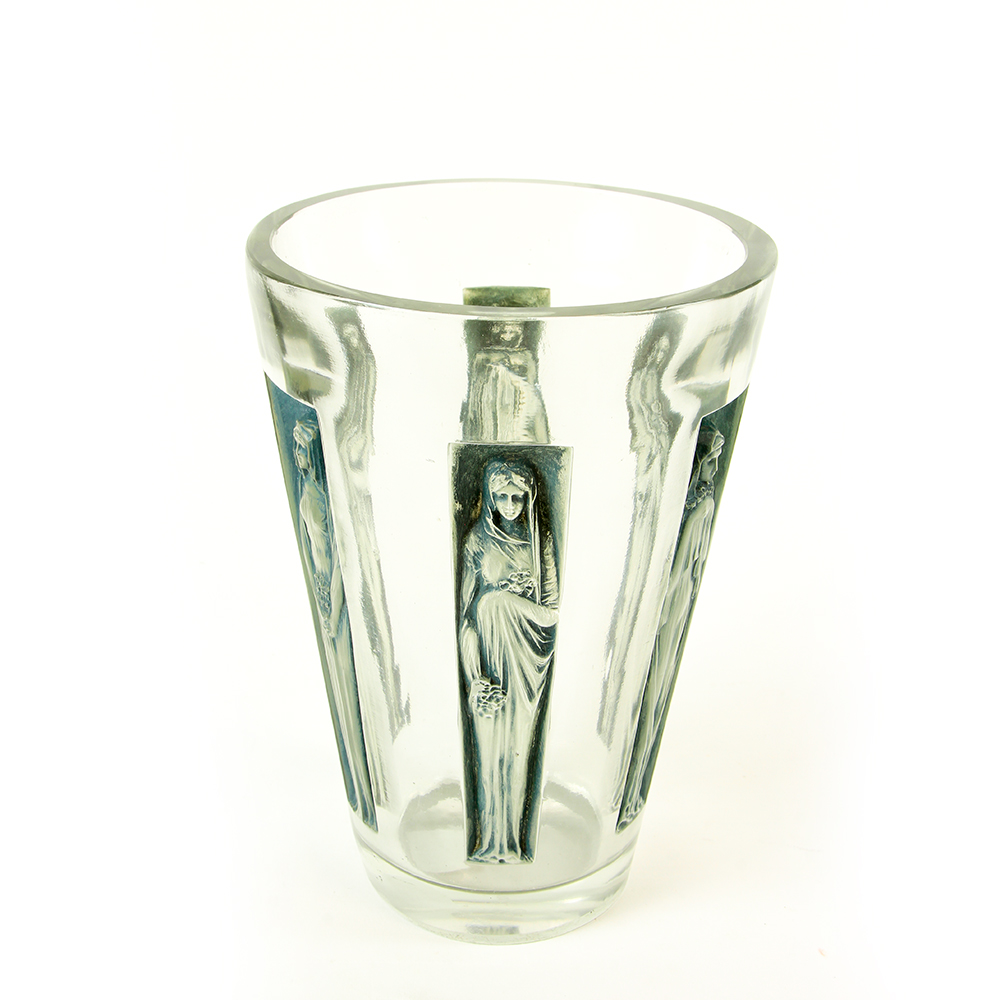
Lalique Six Figurines vase
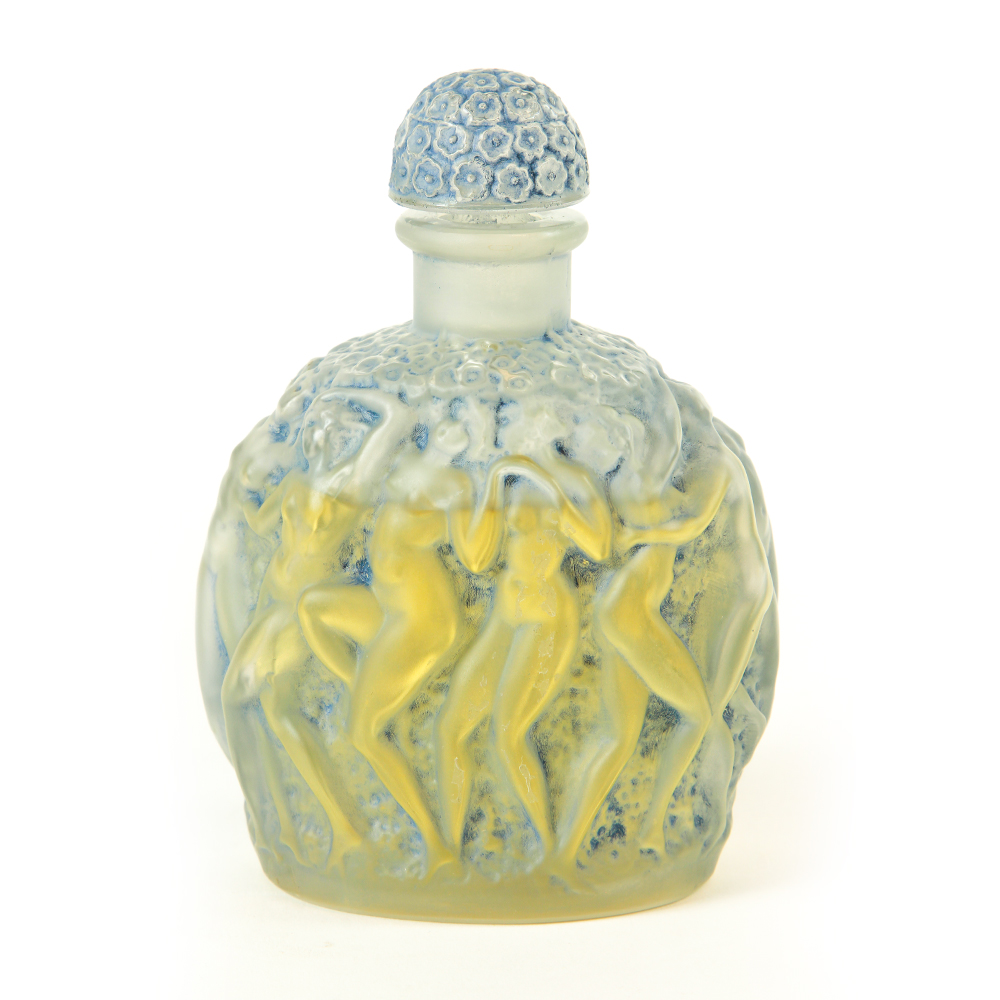
Lalique Calendal perfume bottle
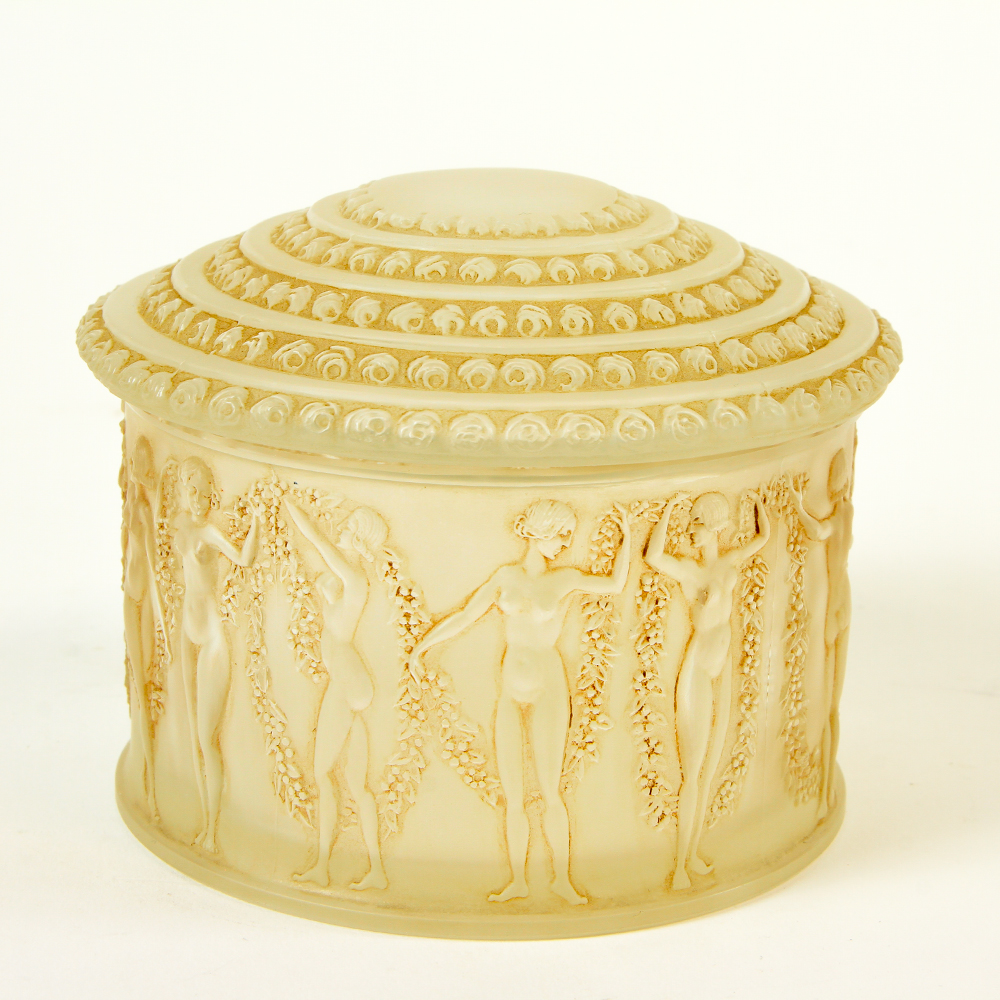
Lalique Figurines et Guirlandes box
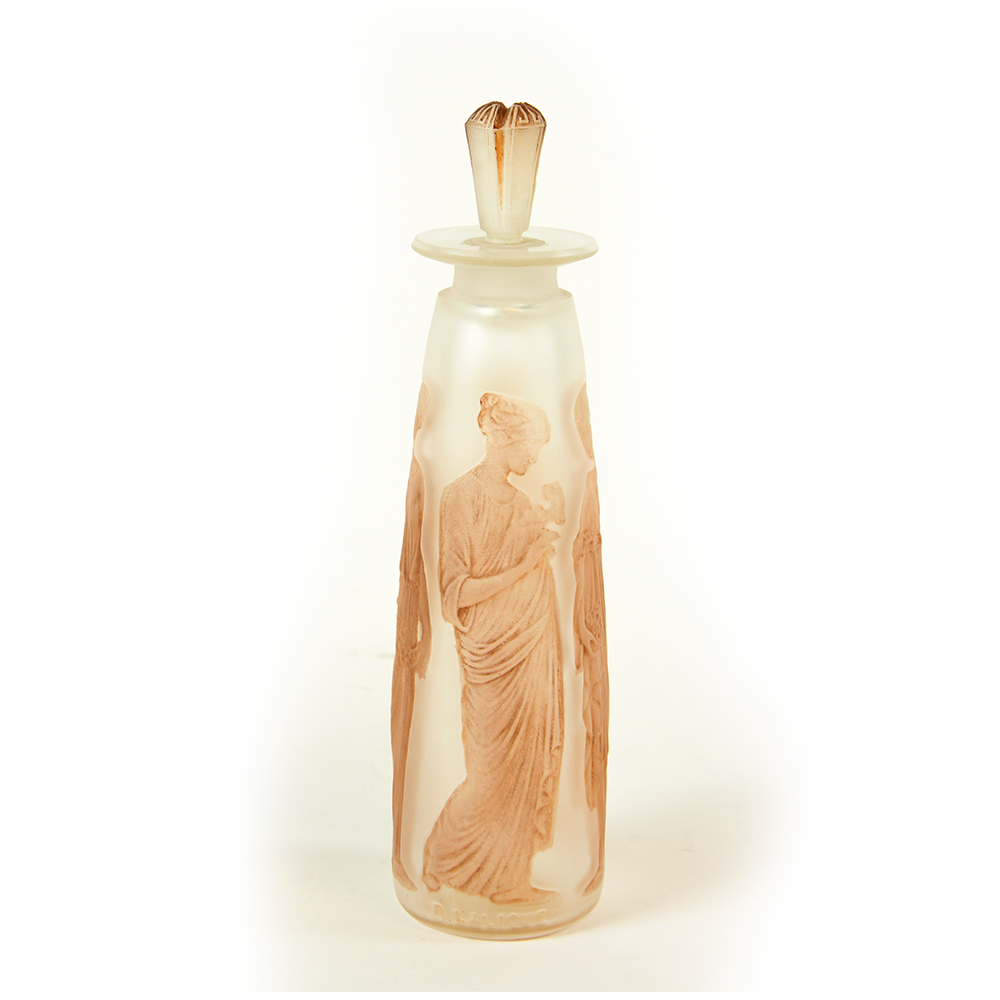
Lalique Ambres perfume bottle
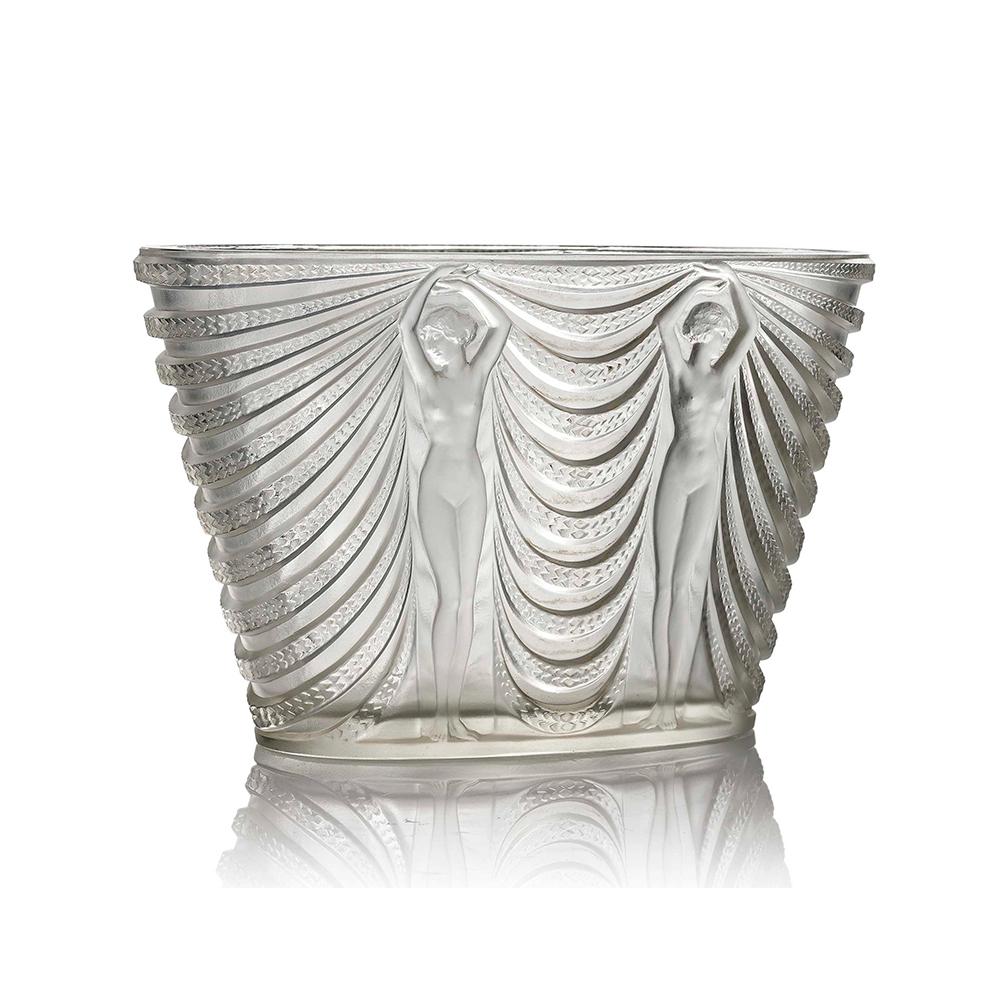
Lalique Terpsichore vase
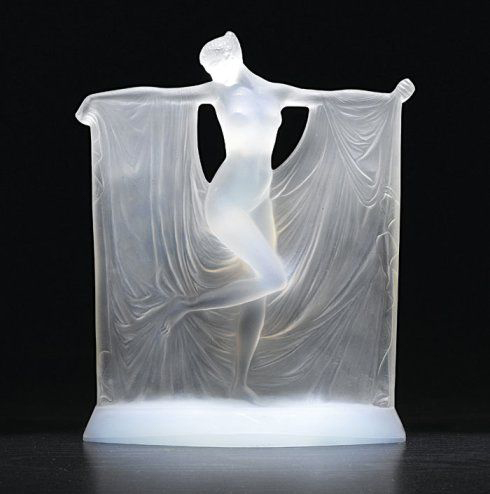
Lalique Suzanne
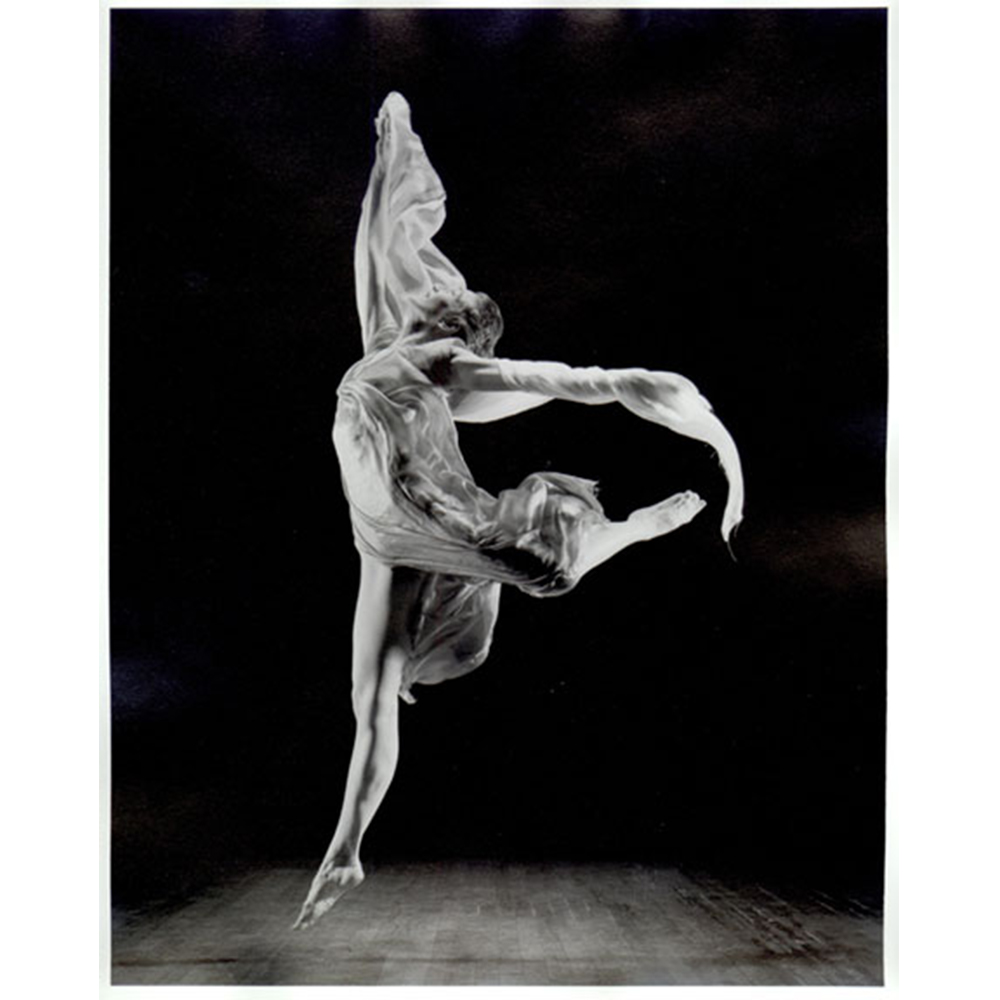
Isadora Duncan
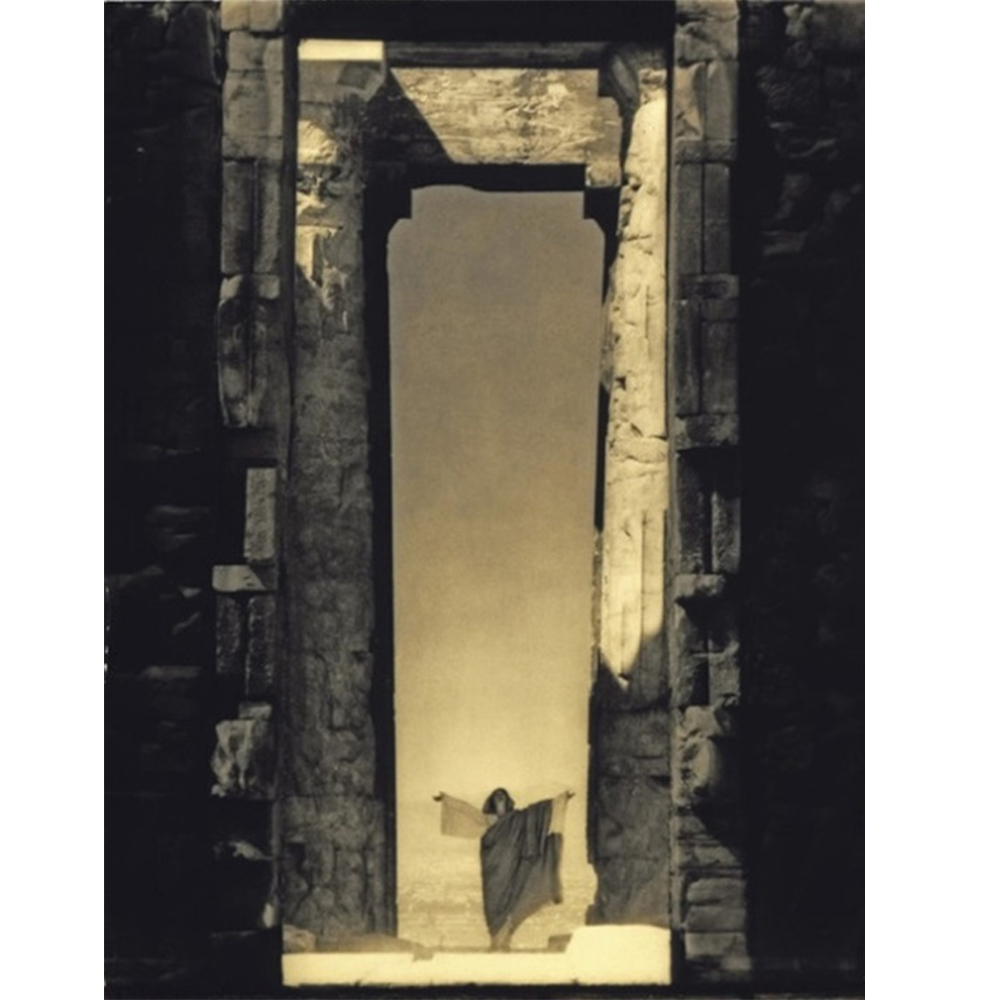
Isadora Duncan
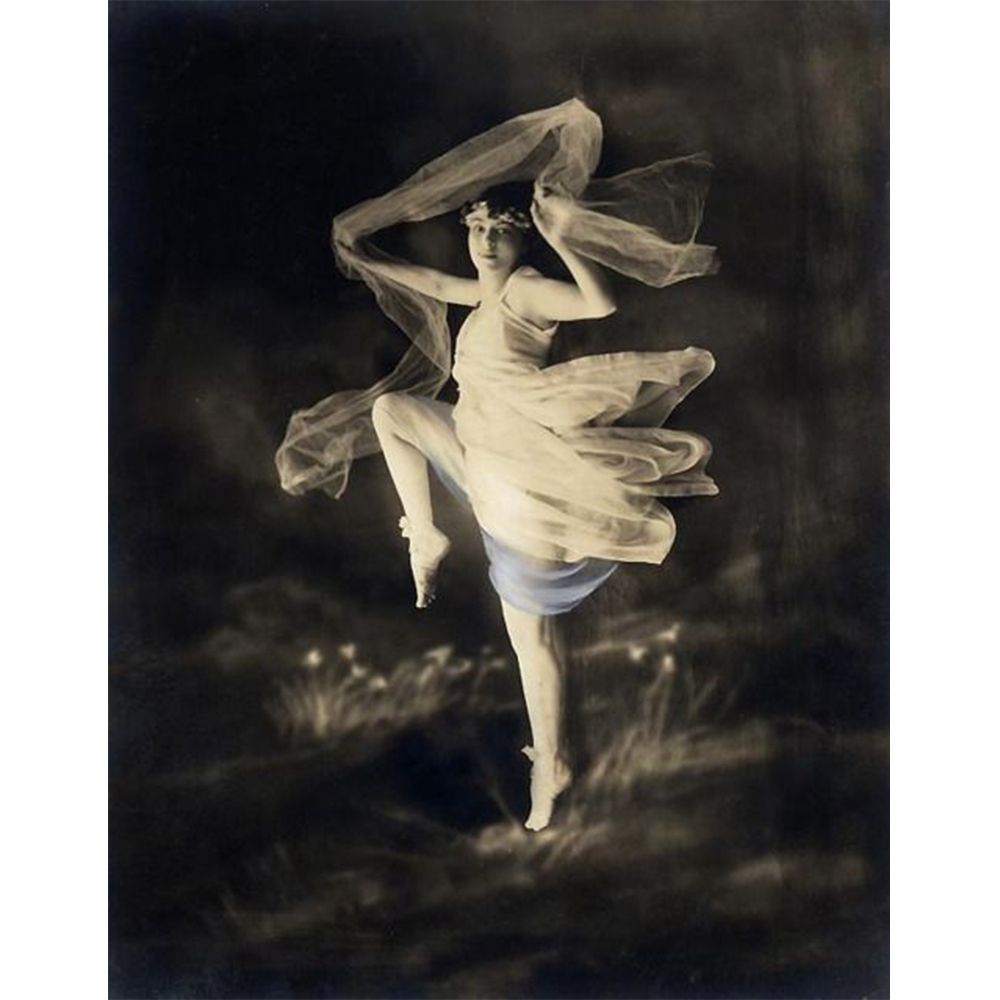
1920s Dancer
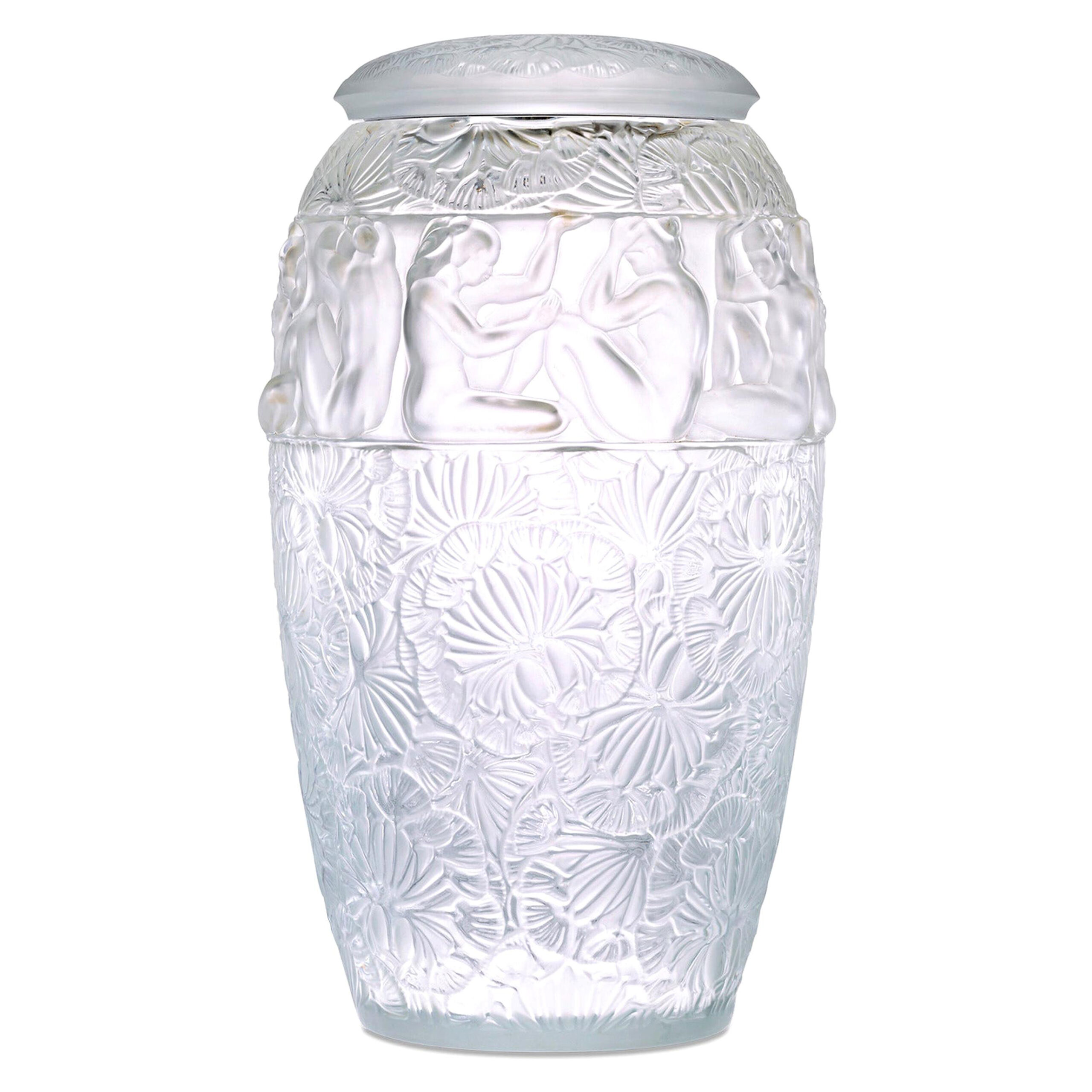
Lalique Angelique Vase
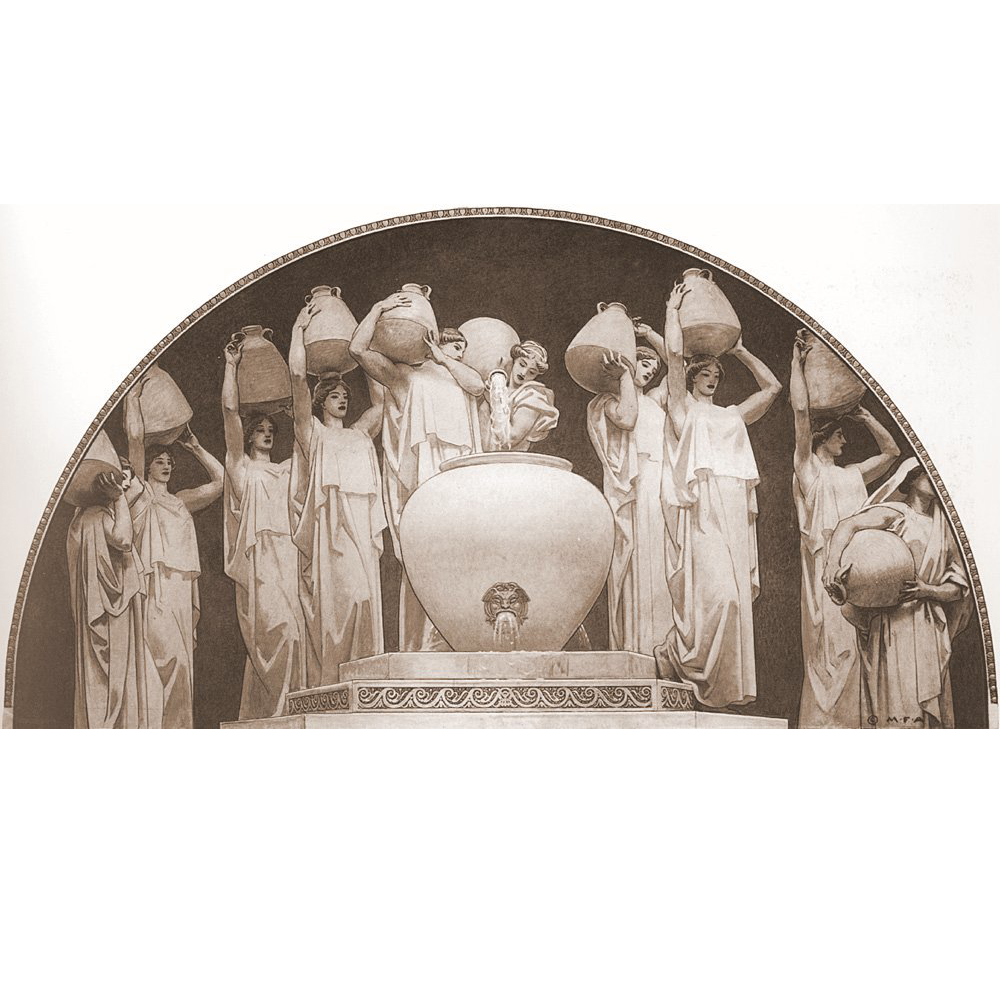
Danaides myth
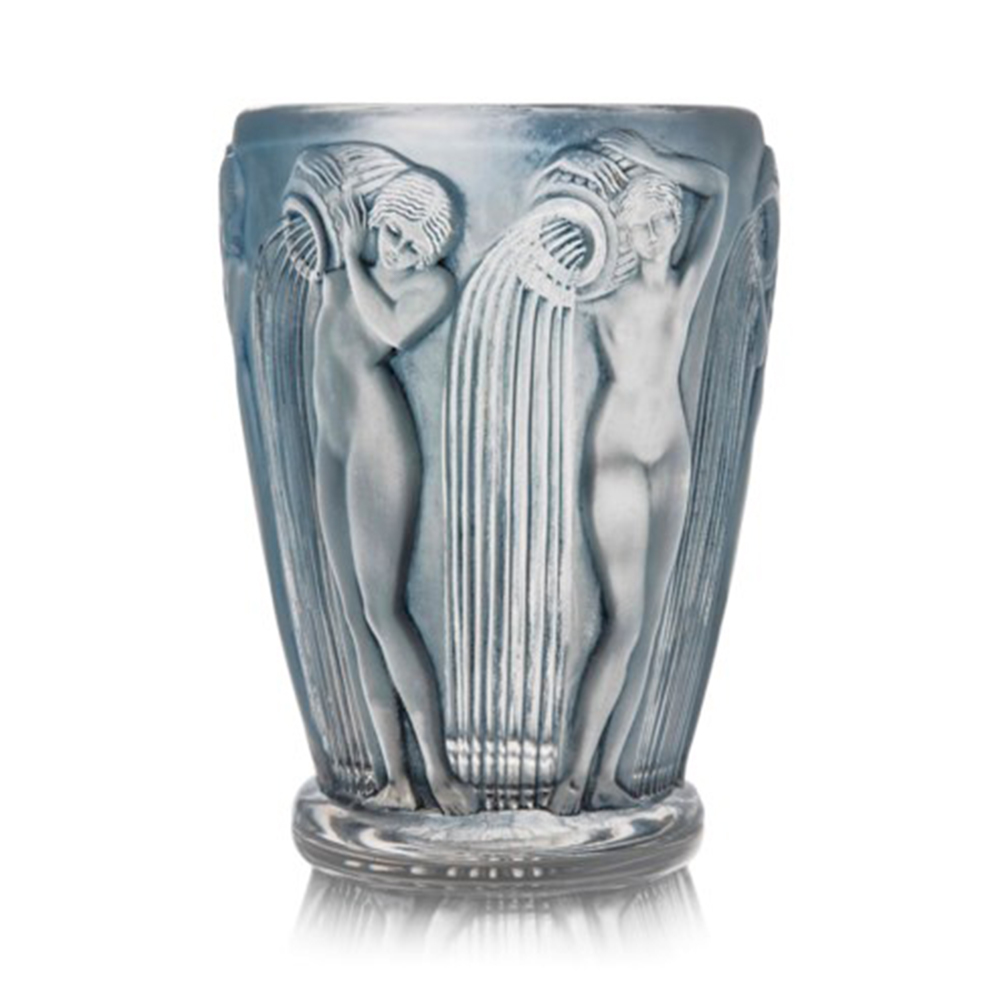
Lalique Danaides vase
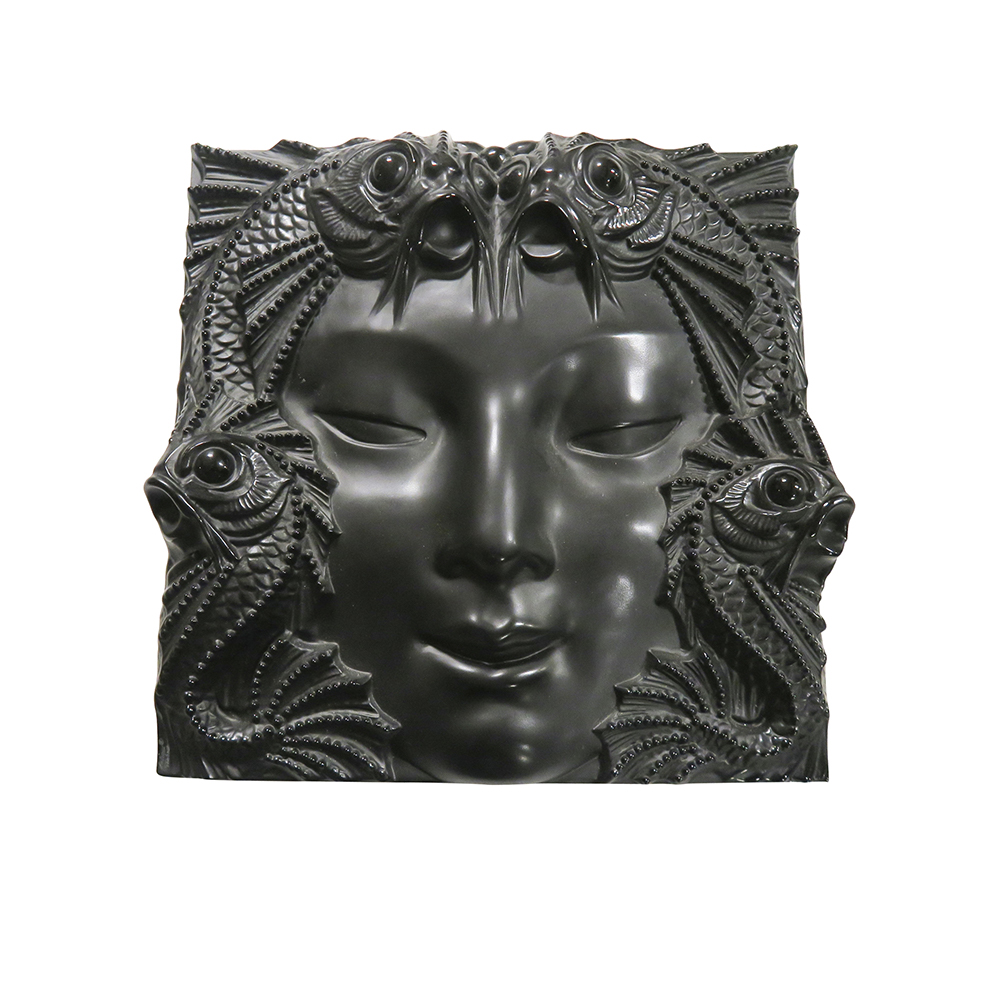
Lalique Fontaines Poissons plaque
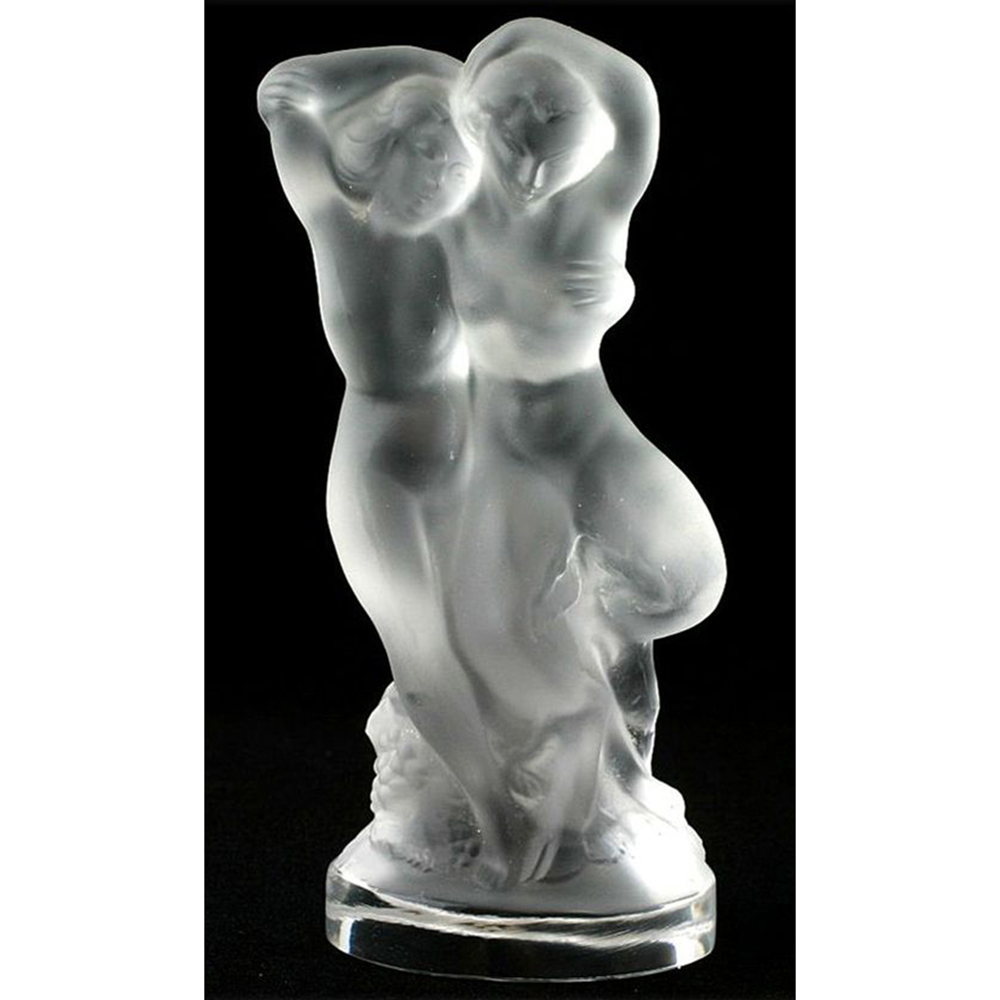
Lalique Pan Faune and Diana
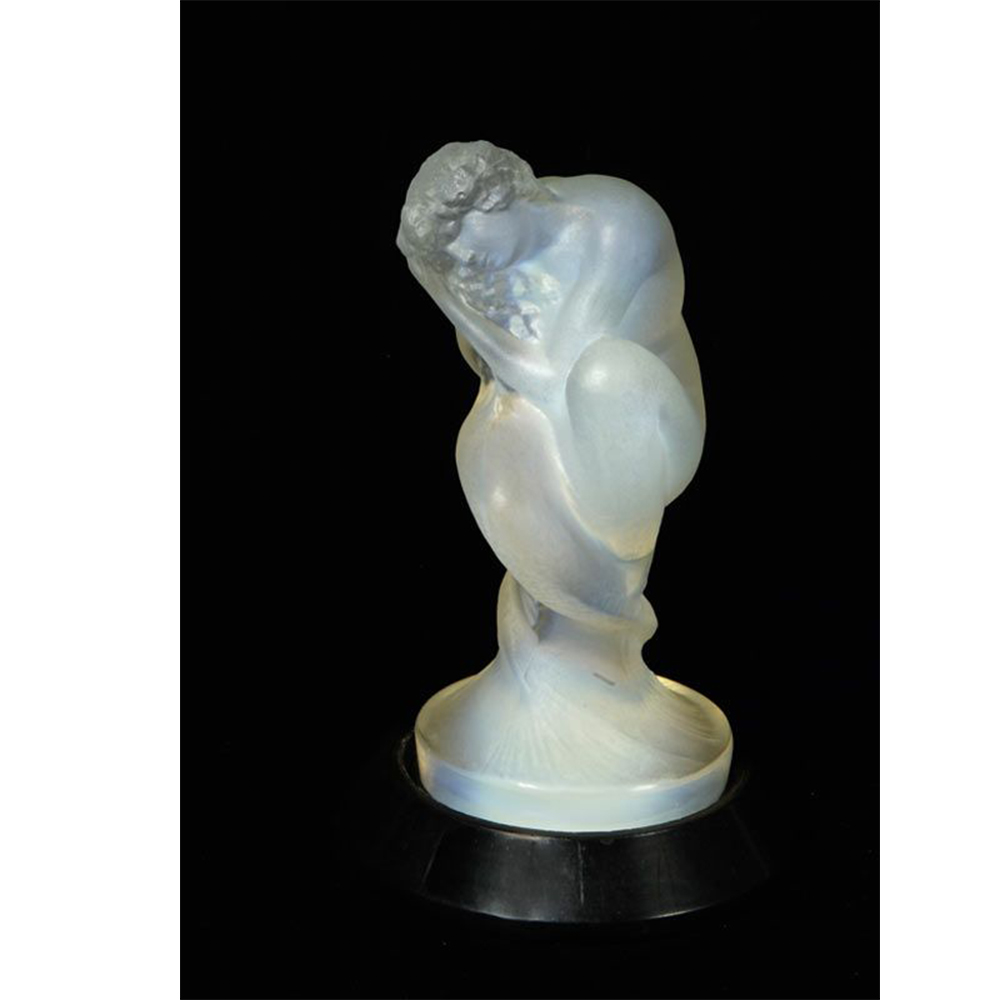
Lalique Sirene statuette
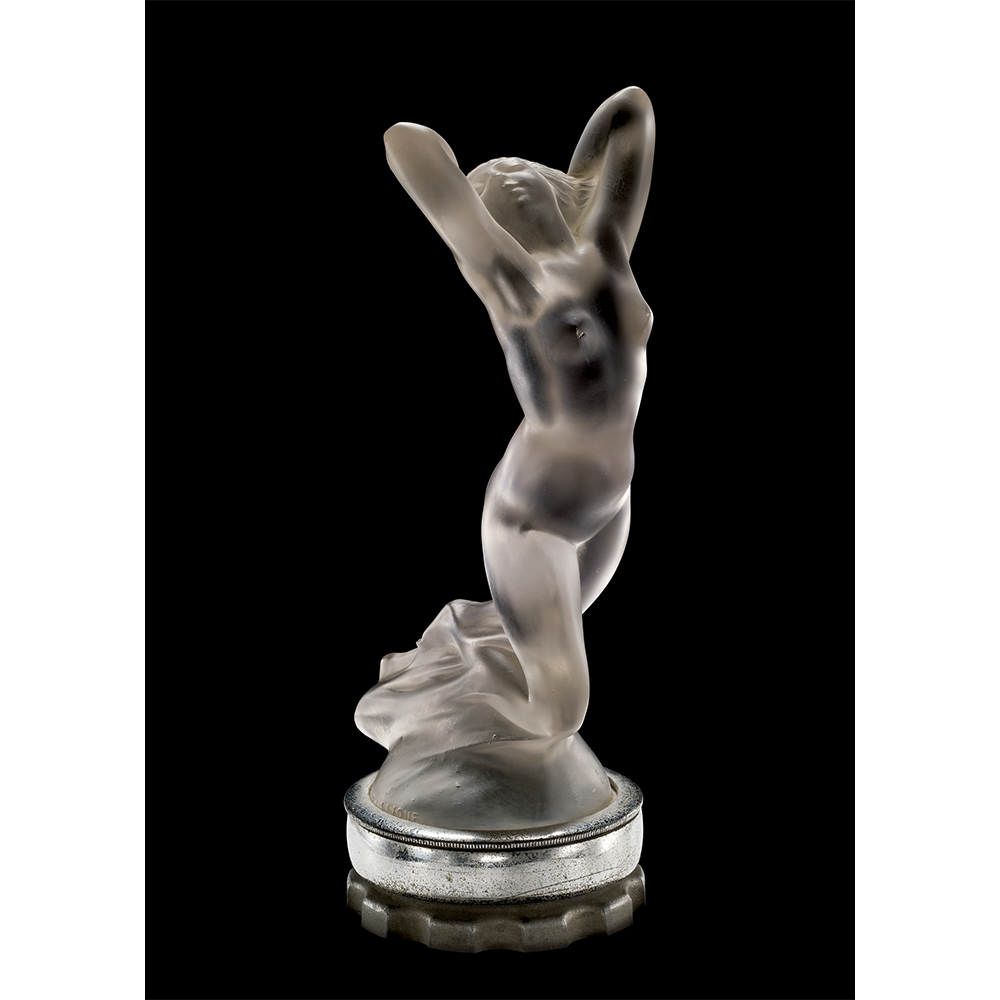
Lalique Vitesse car mascot
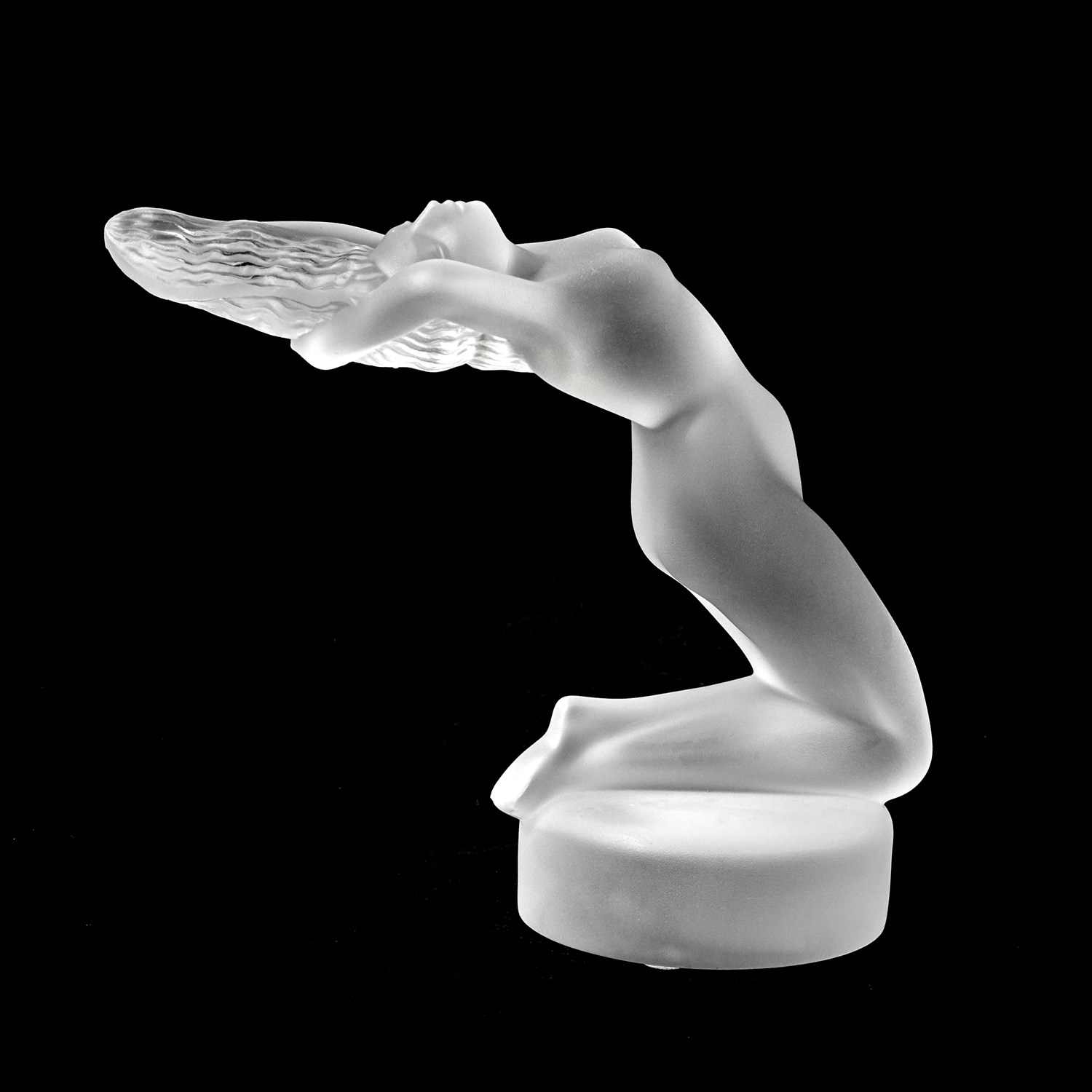
Lalique Chrysis car mascot
